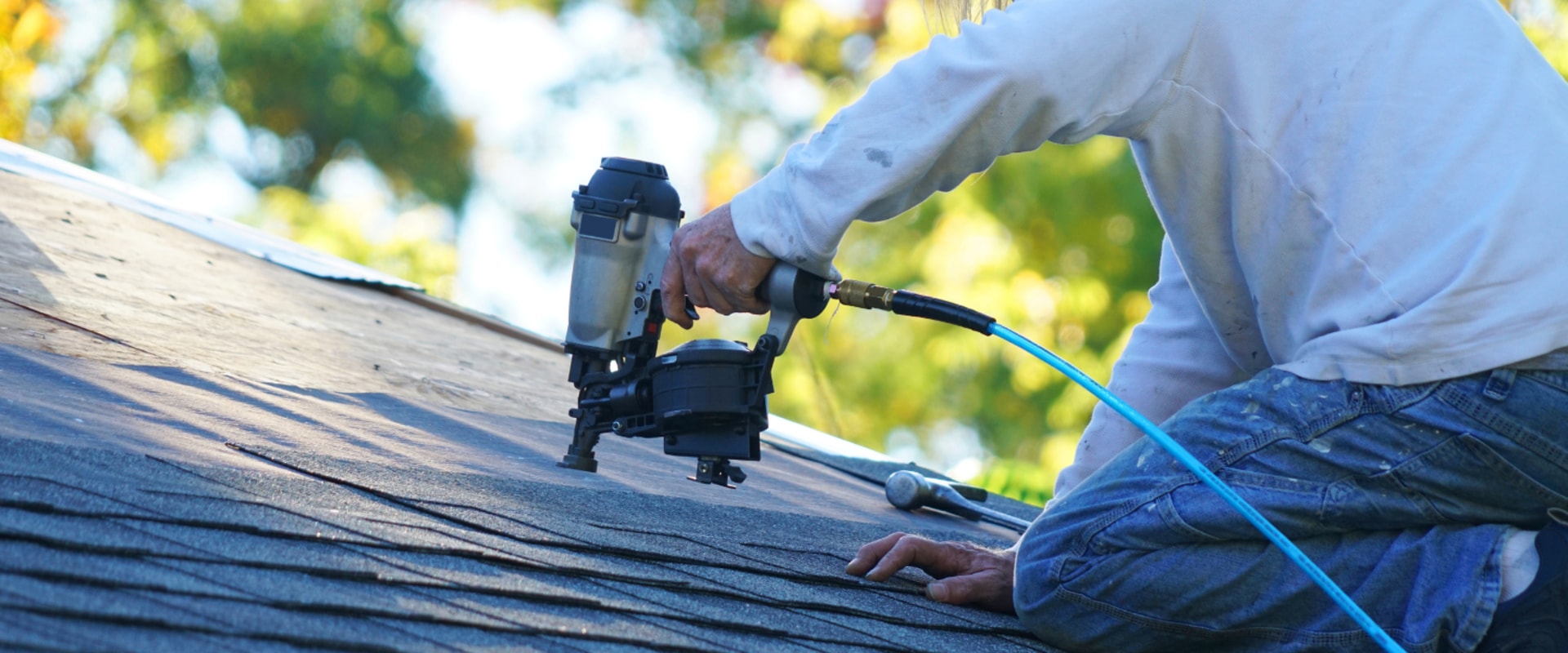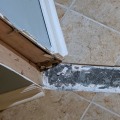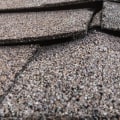Replacing a roof is a major investment, and the cost of roof installation can vary widely depending on the type of roofing material you choose. If you live in a warm climate, you may need to build additional supports for heavier materials such as terracotta or concrete shingles. In addition, the plywood underlayment or structural beams that support the roof may need to be repaired or replaced. It is important to be aware of the signs that you need to replace your roof, such as worn, cracked or curling shingles.
The guide below provides an overview of the pros and cons of different roofing materials, all the components that should be part of your replacement, how to find a good roofing contractor and much more. Every roof has an underlay, or sheathing, that provides a base for shingles or other roofing material. Your budget will also depend on the complexity of the roof and its location. In some cases, it is best to replace the entire roof as an obviously patched roof can lower the selling price of your home.
Some types of new roofs, such as slate or clay tile roofs, require a certain level of expertise to install. Below, you'll learn the cost per square foot of four common types of roofing materials to help you determine which type fits your budget. Typical roof replacements will include the removal and disposal of up to two layers of old shingles. When it comes to a roof replacement project, there are some hidden costs that homeowners may be surprised by in the future.
Wood roofs require a lot of maintenance due to their natural properties, but they are easy to repair if a shingle is damaged. Shingles are sold and priced on a "square and bundle" basis, which your new roofing contractor will often refer to. Before you choose your roof replacement contractor, make sure you can trust him and that his quote is transparent and complete. How much does it cost to replace a roof? When things go wrong with your roof, it's crucial to fix the problem right away.



